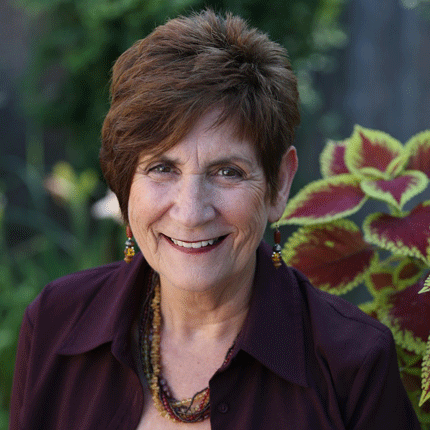 After watching Frontline’s Chasing Heroin last Tuesday night I am grateful to see the media finally focus on changing the conversation. Although the expose’ was very graphic about the side effects of heroin use, Frontline also gave ample time to the hope of how this epidemic can transform rather than the usual drama that is often reported on just the devastation of the disease.
After watching Frontline’s Chasing Heroin last Tuesday night I am grateful to see the media finally focus on changing the conversation. Although the expose’ was very graphic about the side effects of heroin use, Frontline also gave ample time to the hope of how this epidemic can transform rather than the usual drama that is often reported on just the devastation of the disease.
They provided many authoritative perspectives on heroin addiction as a brain disease. There were several who shared that recovering from this disease is not about the person engaging enough will power, or that they lack character or intelligence because they could not find recovery. Addiction is not a personality or behavior disorder. In fact, Dr. Tom Mc Lellan, chair of the Treatment Research Institute (TRI) has been in the field for many years and has a son who died from addiction and also has another in recovery. He said the biggest obstacle in helping people with addictions disorders is the fact that for years we’ve made addiction about personality and lifestyle issues instead of recognizing it as a disease. As the disease progresses, it certainly does affect behavior and personality, but that is a symptom of the disease, not the cause. The compulsion to use and choose their drug of choice has nothing to do with how much, or rather how little, the person who is addicted loves you and trusts you. The compulsion to use is part of the disease process. Until that is interrupted in some way, the addiction will progressively worsen in spite of the consequences.
One of the most exciting parts of this production was seeing the progress that Seattle’s LEAD (Law Enforcement Assisted Diversion) made with those who were still on the streets and using illegal drugs. This harm reduction program is a clear demonstration of how compassion and connection can be part of successful intervention with this disease. They reached out offering basic life services even if people were still using drugs. This is not a panacea for everyone who comes in contact with LEAD, but this connection often proves to reduce drug use and some participants wanted to enter treatment. Offering this harm reduction through the community services not only provides help for the substance user, but is also a relief for family members because they know help is being offered in a way that would not be appropriate for them. I think the information about this approach is a clear example that cutting substance users out of your life will not drive them into sobriety. A compassionate connection can eventually be magnetic. I so appreciate the father’s struggle to hang in there with his daughter, Kristina. I remember being there with my son, Aaron. It was clear he wasn’t providing financial or housing support – but they kept in touch and saw each other occasionally. Those clear, but loving boundaries are what enabled him to be there when she decided to seek help.
If Aaron and I would have had more education about medication-assisted treatment (MAT), before he died from this disease, I think he would have had a better chance of finding recovery. Acceptance of methadone (and the clinics necessary to dispense this medication), Suboxone, and naltrexone is still very stigmatized and may not be accessible in some of the epidemic’s hardest hit areas. How ironic to hear one of the doctors state that he was allowed to prescribe opioid pain medications as much as he wanted but he was limited under special licensure about the number of patients he could provide with Suboxone prescriptions. I was grateful to hear about the improvement in lifestyle of the young man who had been using methadone so successfully. He was a clear example of how MAT can save lives by allowing those who seek help to get a foothold in physical and mental recovery so they can begin to rebuild the other areas of their life.
As this program pointed out, there is no one proven treatment program for each addiction disorder. Dr. Mc Lellan made this statement about his frustration over high relapse numbers. “Either treatment is failing, or the addicts are failing at treatment.” We’ve got to quit trying to put a square peg in a round hole. People need to understand just like everyone has a different brain structure and physical make-up, treatment and recovery need to be tailored to those differences.
Saving the lives of those who are affected by this disease will only happen when the general public gets angry enough to demand that the people who suffer from these disorders deserve the same medical treatment and compassion as anyone suffering from a chronic illness. Ignorance breeds fear and despair; education breeds hope and healing. I now have hope that the conversation is beginning to change.